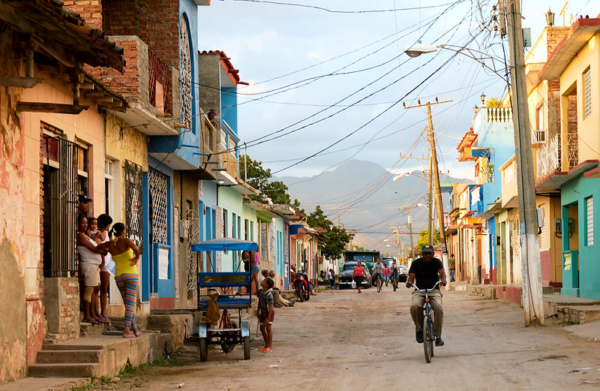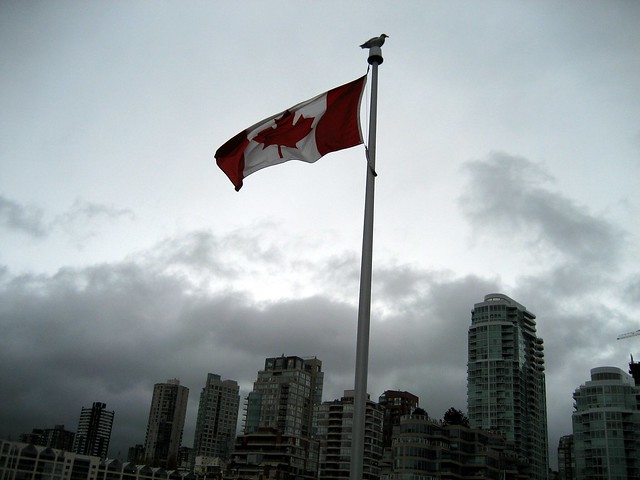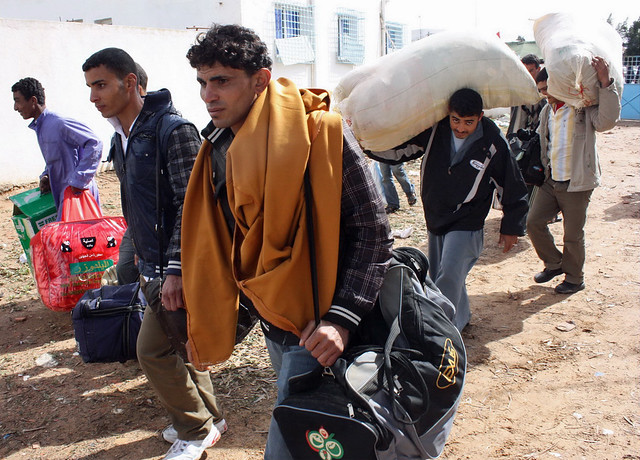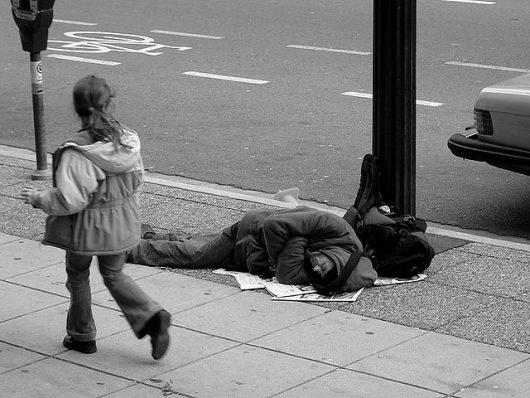 The Sustainable Development Goals (SDGs) are a set of 17 U.N. goals aiming to achieve global sustainability through smaller subgoals like eradicating poverty and moving toward clean energy. Member states of the U.N. aim to achieve all of the SDGs by 2030. Goal 1, in particular, hopes to “end poverty in all its forms everywhere.” In recent times, achieving the SDGs by the target date has become uncertain due to the COVID-19 pandemic. However, Canada has shown progress in meeting SDG Goal 1.
The Sustainable Development Goals (SDGs) are a set of 17 U.N. goals aiming to achieve global sustainability through smaller subgoals like eradicating poverty and moving toward clean energy. Member states of the U.N. aim to achieve all of the SDGs by 2030. Goal 1, in particular, hopes to “end poverty in all its forms everywhere.” In recent times, achieving the SDGs by the target date has become uncertain due to the COVID-19 pandemic. However, Canada has shown progress in meeting SDG Goal 1.
Poverty Overview
Canada is the second-largest country in the world by land area. The country has a universal healthcare system and a high standard of living. Despite this, the country is not immune to poverty. In 2018, 5.4% of Canadians were experiencing deep income poverty, which means having an income below 75% of Canada’s official poverty threshold. In addition, Canada’s indigenous population, which make up around 5% of the population, are often subject to extreme political and societal marginalization, making them more susceptible to poverty and homelessness.
Poverty remains a reality in Canada, in spite of its reputable presence on the global stage. The country has not yet met SDG Goal 1 but continues to make efforts toward it. The Canadian Government has developed several initiatives and allocated resources to attempt to meet these goals. In 2018, a budget of $49.4 million spread over 13 years was approved to help meet the SDGs.
Tracking Canada’s Poverty Progress
The Canadian Government has been funding and supporting numerous initiatives to alleviate poverty in the country. In total, since 2015, the Canadian Government has invested $22 billion in efforts to alleviate poverty and grow the middle-class. The results have been positive. In 2015, the Canadian Poverty Reduction Strategy resolved to reduce poverty by 20% before 2020. The 2015 poverty rate was 12% and this strategy aimed to achieve a 10% poverty rate by 2020. Canada achieved this goal in 2017 when the Canadian Income Report reported that the country had reached its lowest poverty rate in history.
These improvements are due to several poverty reduction initiatives. Canada’s Guaranteed Income Supplement, for example, provides monetary assistance to senior citizens with low incomes, preventing them from falling into poverty. The reforms also introduced the Canada Child Benefit, granting families with young children more financial assistance. Additionally, the Canada Workers Benefit was introduced with an aim to lift 74,000 people out of poverty.
The Canadian Government has also resolved to aid its indigenous populations. In 2010, just over 7% of individuals who identified as indigenous were found to make less than $10,000 annually. Recent government initiatives have attempted to remedy these poverty gaps, including the National Housing Strategy’s promise to help indigenous populations.
Looking Forward
While Canada is yet to meet SDG Goal 1, the country has made substantial progress in reducing poverty. As of 2018, the poverty rate was measured to be 8.7%, a decrease from the 12% poverty rate in 2015. Increased poverty-related challenges are apparent as the COVID-19 pandemic threatens people’s economic security. Still, however, the data on Canada’s progress shows just how much the country has done in the fight against poverty and the positive impact of its poverty reduction initiatives.
– Maggie Sun
Photo: Flickr





 The government of
The government of 


